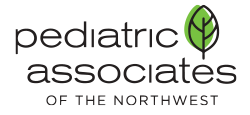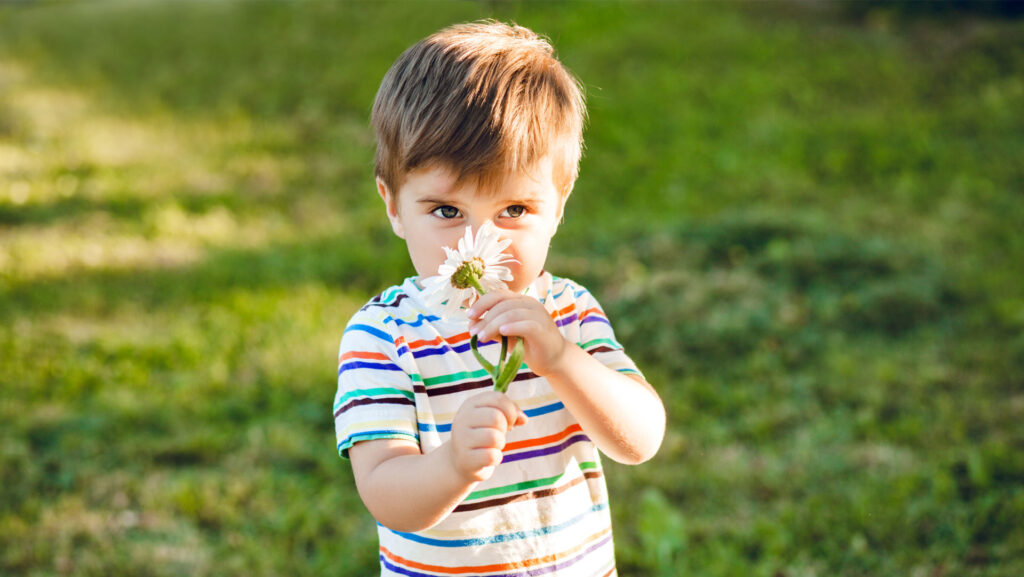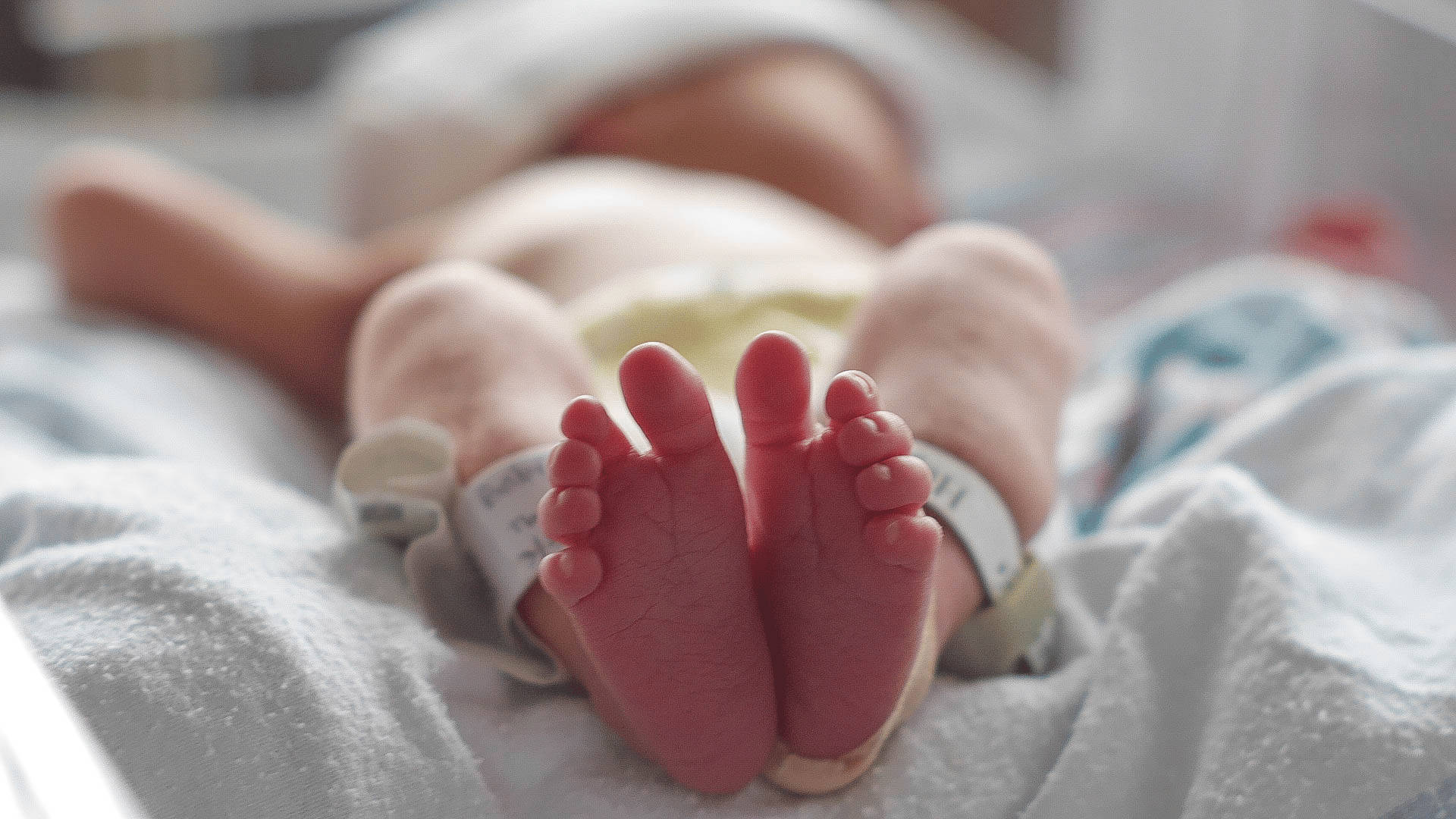I love winter: cooler temperatures, snow on the mountains, rain, dark days, warm houses. But alas, there is a special moment when the sun rises a little earlier, the newborn birds start chirping in the trees, and the flowers bloom with an explosion of color.
And then my nose starts to run, my eyes itch, and I sneeze and sneeze and sneeze – Achoo! Welcome to spring!
Recognizing & Managing Springtime Allergies in Kids
Our children are not so different from us when it comes to seasonal allergies. Often starting in the second or third year of life, they exhibit typical allergy symptoms to tree, plant, and grass pollen, including:
- A clear, runny nose.
- Nasal congestion.
- Itchy nose.
- Itchy eyes.
- A scratchy voice.
- Sore throat.
- Coughing
They can also have physical signs, such as dark circles under the eyes (allergic shiners), a rash around the eyes from excessive rubbing, mouth breathing, and a red nose.
In childhood, common allergy symptoms might come across as just not feeling well or as a common cold or flu. When one of my children’s spring allergies act up, he gets grouchy and wants to sleep more.
3 Simple Steps to Minimizing Springtime Allergy Symptoms
So, how do you fix—or at least minimize—these annoying springtime reactions to our environment?
Here are some simple steps to get you started.
Step 1: Reduce the pollen load
The first thing you want to do is reduce the pollen load on your body, in your car, and at home. The less pollen in your system, the less your body and immune system have to work to battle common allergens.
Bathe daily, and wash your face. Washing hands stops the spread of germs, but washing your face keeps pollen out of your eyes and nose. While regular hygiene is always important, allergy season demands that we shower/bathe daily and wash our faces before going to bed and after playing outdoors. Get the pollen off your skin!
Air filtration and more frequent filter changes. Filter the air when possible by having the windows up and the vent on in the car. Most cars have an air filter to prevent us from sandblasting ourselves with pollen. Similarly, your home’s HVAC system has air filters at each air return. While it is typically recommended to change these filters every six months or so, households more prone to allergies should change air cabin and HVAC filters every other month, or every month, to keep pollen and allergen loads at a minimum. Visit the ACCAI’s page on air filtration to learn more about this topic.
Use rinses for the nose and eyes. Rinse allergens out of your nose with a nasal saline spray (mist type). A gentle spray in each nostril a few times a day can help. If your child has itchy eyes and is tolerant of using eye drops, use preservative-free eye drops – or allergy-specific options – to gently flush their eyes and reduce redness/itching.
Wash clothes and bedding regularly. After playing outside, you may want to have kids change into fresh clothes to get the pollen off their bodies and keep outdoor allergens from coming back into the house and onto furniture.
Keep playtime indoors on days with high pollen counts. We’re strong proponents of outdoor play. However, if your child is especially allergic and it’s a day with high pollen counts, consider taking advantage of some of Portland’s best indoor play places and activities until things calm down again.
Step 2: Fight back with OTC allergy aids
If these natural strategies aren’t working, it may be time to fight back with over-the-counter allergy aids.
- Use OTC support. Oral Antihistamines, such as Cetirizine (Zyrtec) and Loratadine (Claritin), are approved for children aged 2 years and older. They are safe and effective at decreasing allergy symptoms. These are a great starting point with no doctor supervision needed.
However, if your allergy symptoms are not improving, see us here at Pediatric Associates of the Northwest for an allergy consultation. We have a lot of good resources at our disposal, such as:
- Nasal antihistamines such as Azelastine (Astelin)
- Nasal steroid sprays such as Fluticasone (Flonase)
- Leukotriene antagonists such as Monteklast (Singulaire)
- Allergy eye drops and much more…
When Allergy Symptoms Warrant A Trip To Your Pediatrician
Allergies can trigger asthma (inflammation in the lungs). Be sure to come see us if your child is having difficulty breathing, a persistent cough, wheeze, or worse.
Schedule an appointment online through the Patient Portal and/or call and ask to speak with one of our experienced triage nurses.
Curveball Note: One more curveball to toss your way: Some people react to the pollen that gets incorporated into food. We call that Food Pollen Allergy Syndrome. If your child gets swelling or abnormal sensations around the mouth after eating food, please alert your pediatric provider.
Step 3: Still not better? Consider seeing an allergist.
Although your pediatric provider has lots of great treatments for controlling allergies, an Allergist can specifically identify and desensitize you to your allergy. We call this immunotherapy, and it can be done sublingually(oral) or subcutaneously (allergy shot). However, it is a process that can take three to five years.
We can help provide referrals to pediatric allergists in the area.
Connect With PANW When Your Household’s Mantra Becomes “Achoo!”
Spring can be a lovely time, even for those of us who appreciate winter. Although allergies can dampen some of the fun, it is a problem that can be managed to ensure good times in the sun.
The team at Pediatric Associates of the Northwest is here to support you and your kiddos during peak allergy seasons. Is your household mantra starting to sound like “Achoo!” and “Bless you?” Contact us to schedule an appointment. And, in the meantime, enjoy This Fun Video highlighting how people sneeze (and express “bless you”) around the world.





